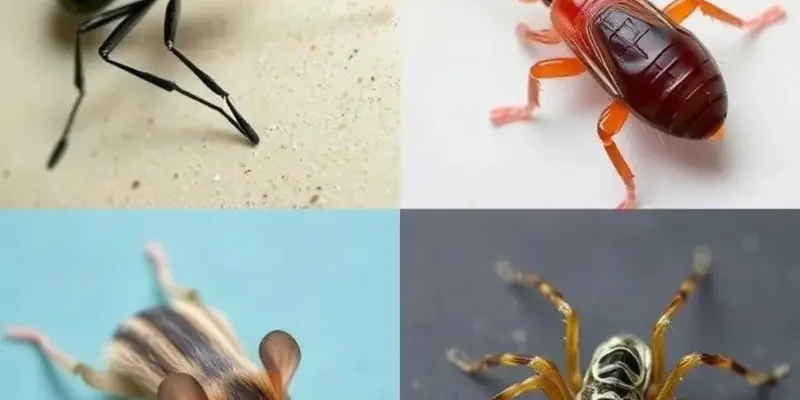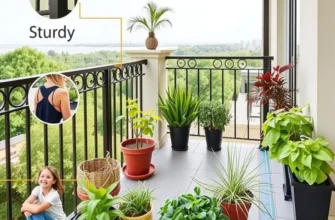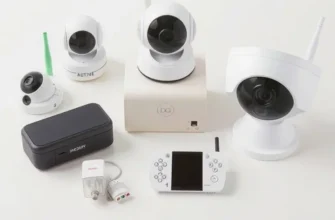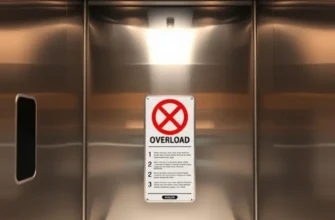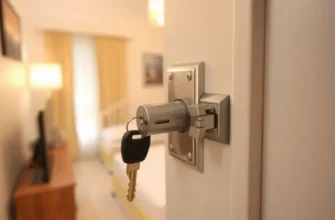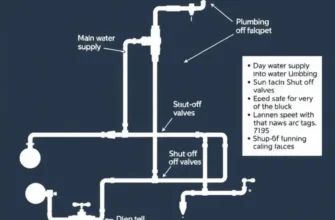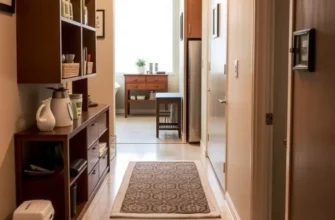Renting an apartment often means navigating a world filled with new responsibilities, including the occasional unwelcome crawling or flying visitors. Identifying pests early is essential for ensuring your living space remains safe, secure, and comfortable. From common household nuisances like ants and cockroaches to more serious threats like rodents, understanding how to recognize these invaders is your first line of defense. As renters, you may not have the same maintenance resources as homeowners, making it crucial to be proactive. By knowing what to look for, you can address potential issues before they become overwhelming problems. In this guide, we’ll explore the most common pests found in U.S. apartments, how to identify them, and effective, hassle-free maintenance solutions to manage them. With the right knowledge, you can turn a potential pest crisis into a manageable situation.
Common Apartment Pests: Know Your Enemies
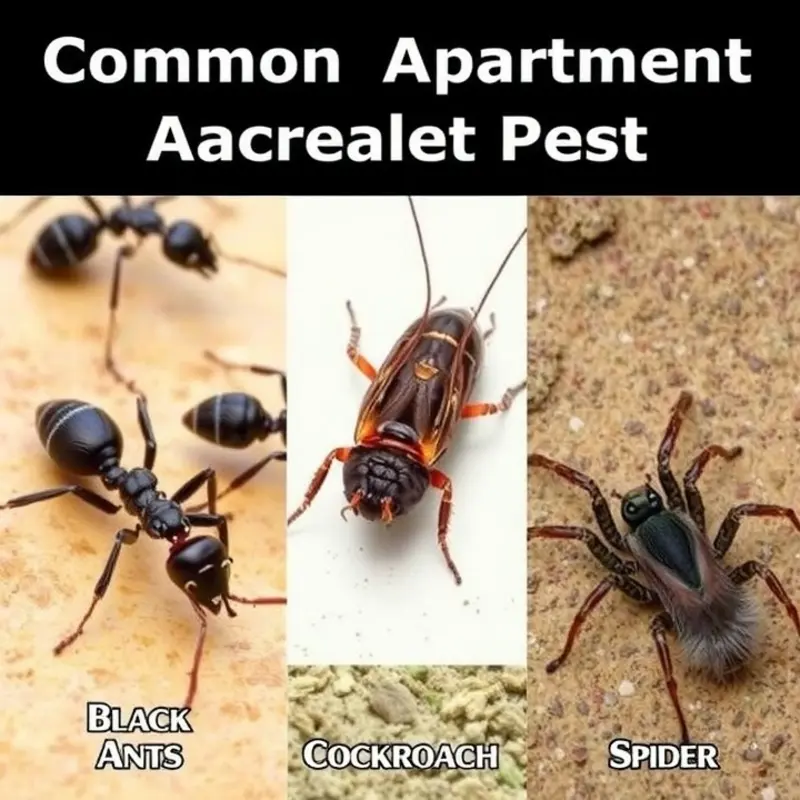
In the journey to maintain a safe and comfortable apartment, understanding the usual suspects in terms of pests is crucial. These invaders are not just annoying; they can pose significant health risks and damage property. This chapter delves into how to identify ants, cockroaches, rodents, and spiders effectively, offering practical solutions to keep them at bay.
First on the list are ants. These tiny insects can invade your apartment in search of food and water. Ant trails, usually near walls or windows, are a telltale sign. You might also find them near sugary spills or open food containers. To tackle an ant problem, start by sealing cracks and crevices where they might enter. Ensuring no food remnants are left exposed can be a game-changer. If prevention doesn’t work, traps or baits can help manage their numbers effectively.
Next up are the notorious cockroaches. These resilient creatures often hide in dark, damp places like under sinks or behind kitchen appliances. Their presence is often indicated by droppings that resemble coffee grounds, an oily odor, or even the sight of one scuttling away when the lights are switched on. Keeping your apartment clean and free of crumbs is essential. Regularly empty trash bins and fix leaky faucets to remove water sources. Roach traps can be strategically placed in areas where they frequent, aiding in population control.
Rodents, including mice and rats, are a common nuisance in apartment living. These pests are not just unsightly; they can chew through wires and spread diseases. Signs of rodent infestation include gnawed furniture, droppings, and scampering sounds at night. Seal any gaps or holes in walls and around plumbing to prevent their entry. Storing food in airtight containers is essential to reduce attraction. If you do spot signs of rodents, consider setting up traps around known travel paths.
Lastly, spiders are the kind of pest that often divides opinions; some fear them, while others see them as bug catchers. Most are harmless, but nobody wants an infestation. Spiders weave their webs in corners and unused spaces, which can be a clear indicator of their presence. Regular cleaning and dusting can help prevent them from settling in. If you find spiders are frequent visitors, using a vacuum cleaner to remove webs often does the trick.
For renters, maintaining a well-organized and clean living space is a significant step in deterring many of these pests. For additional ideas on maintaining an organized home, consider exploring apartment organization with baskets. Knowing the signs to watch for and acting promptly can save future headaches, ensuring your apartment remains a sanctuary rather than a haven for uninvited guests.
Maintaining a Pest-Free Home: Solutions and Prevention
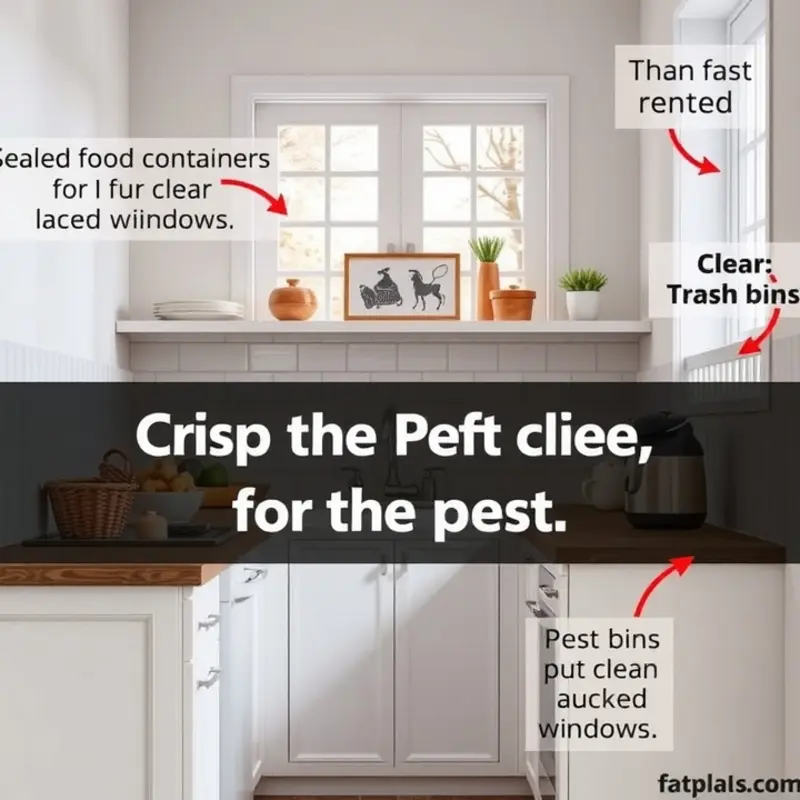
To maintain a pest-free apartment, it’s crucial to implement prevention tactics and immediate solutions. Begin with sealing entry points. Inspect areas around windows, doors, and any pipes for cracks or openings. Use caulk or weather stripping to seal gaps, ensuring that pests have no easy access. Remember, even the smallest opening can be an invitation.
Storing food safely is another vital step. Use airtight containers for dry goods like cereal, flour, and sugar. This not only keeps pests out but also extends the freshness of your food. Regularly clean your pantry and discard expired items; pests are drawn to spoiling food. Additionally, empty your trash frequently and use a bin with a tight-fitting lid to prevent attracting unwanted guests.
Maintaining cleanliness in the kitchen is essential. Wipe down counters and sweep the floor each evening to eliminate crumbs. It also helps to clean under appliances periodically to ensure no food debris accumulates. For a deeper dive into keeping your kitchen eco-friendly, you can explore tips on making apartment-friendly DIY cleaning products in this helpful guide.
Using eco-friendly repellents can be effective and safe. Consider planting herbs like basil and mint on your windowsill; many pests dislike their smell. You can also make a natural spray using essential oils like peppermint or eucalyptus. These options are often safer for pets and children and provide a pleasant aroma in your home.
Regularly inspect and maintain your home to prevent infestations. Check that screens in windows and doors are intact, and replace them if necessary. Inspect furniture and bedding for any signs of pests, which can quickly spread if unchecked.
Humidity can attract pests, so keeping moisture under control is crucial. Use a dehumidifier if necessary, especially in damp areas like bathrooms and basements. Make sure to fix leaks immediately, as water sources can quickly turn into pest breeding grounds.
Finally, communication with your landlord can be crucial. Report any significant issues that require professional attention, such as structural damage or pervasive moisture problems. Being proactive can prevent minor problems from escalating into costly emergencies.
These practical strategies not only help in identifying potential pest threats but also protect your living environment. Maintaining a pest-free home requires ongoing vigilance and action, but with these steps, you can enjoy a safe and welcoming space.
Final words
Successfully identifying and managing pests in your apartment is an essential skill for every renter. By recognizing common pests and understanding effective maintenance solutions, you can create a safer, more enjoyable living environment. Remember, regular checks and simple precautions can make a world of difference in keeping your home pest-free. With the right tools and knowledge, take control of your apartment and prevent pests from taking hold, ensuring a peaceful and secure living space.

